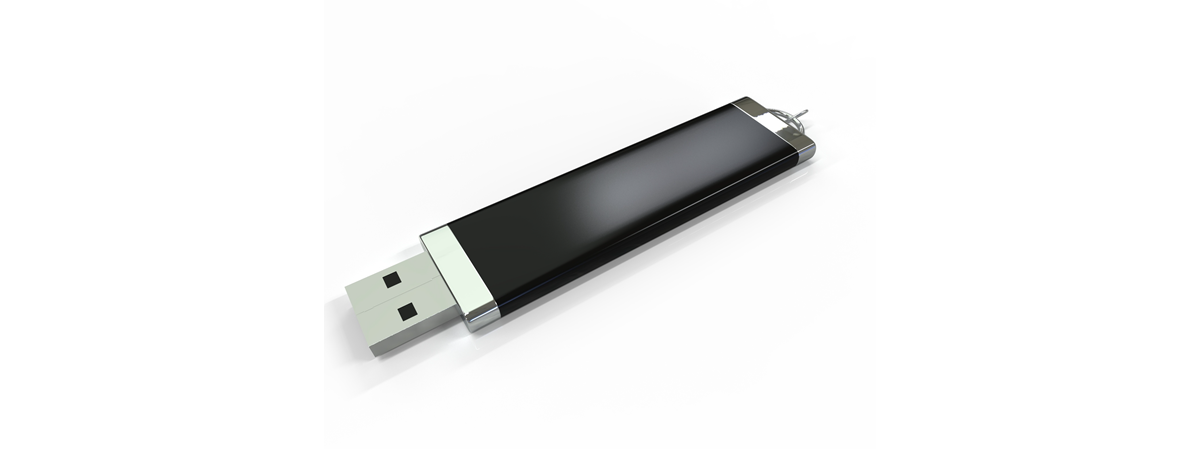

- #Create portable ubuntu usb drive install#
- #Create portable ubuntu usb drive upgrade#
- #Create portable ubuntu usb drive Pc#
- #Create portable ubuntu usb drive iso#
#Create portable ubuntu usb drive install#
Once we finish the above step, quit gparted and we are ready to install Ubuntu into the target USB drive. Pic #5 – after create ESP and root partitions Step 3 – Install Ubuntu



create 100MB fat32 partition as ESP partition.click “Device”/”Create Partition Table …”.Once Ubuntu is up and running, start a terminal and type “sudo gparted /dev/sdb” (replace “/dev/sdb” with the right usb device you have for the target USB drive).In most case if you follow the instructions exactly, it would be “/dev/sdb”.Identify which drive is target USB drive by examining the output “lsblk”.Select “Try Ubuntu” when presented the option.On Lenovo PC, one has to press ENTER on bootup, and then press F12 to select boot device
#Create portable ubuntu usb drive Pc#
#Create portable ubuntu usb drive iso#
Step 1 – flash Ubuntu ISO image to the installation media drive
#Create portable ubuntu usb drive upgrade#
I suppose this setup gives longer life span of the installation, which potentially allows you to even upgrade your OS later. My goal is to install a standard Ubuntu OS on a USB disk, which can be updated and upgraded just like normal PC case, except that a) it is on a portable USB drive or disk and b) it is portable across different PC’s. Note that the objective is different from so-called LiveUSB ubuntu with persistency, where Ubuntu OS itself will remain as a static ISO image and updates are added on-top in a separate persistent partition. So I wrote down this blog in the hope it might help others, as well as my future self, in the similar shoes. However, due to what I considered a bug in Ubuntu, this is actually harder than it should be. My goal is to install fully updateable Ubuntu 20.04 onto a USB stick, so that I can boot it up with any Intel-based PC’s or laptops.


 0 kommentar(er)
0 kommentar(er)
